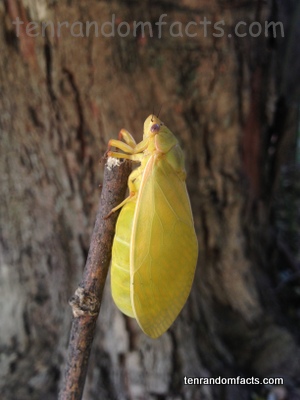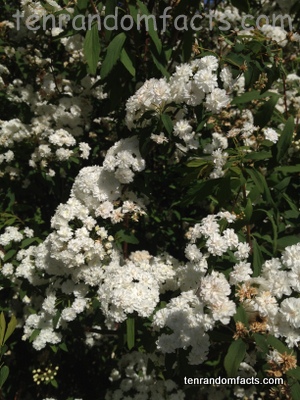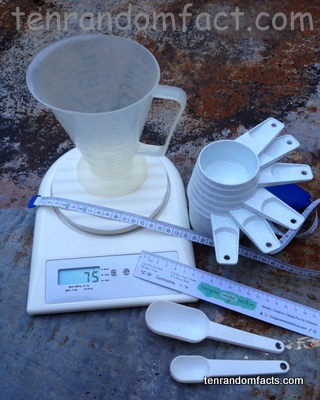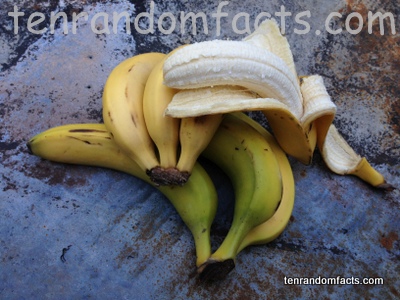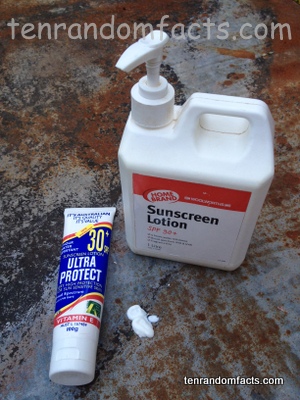
“Slip on a shirt, Slop on the sunscreen, Slap on a hat, Seek shade, Slide on some sunnies.”
- ‘Sunscreen’ is also known as ‘sun screen’, ‘sunblock’, ‘sunburn cream’, ‘sun cream’, ‘suntan lotion’ and ‘block out’.
- Sunscreen comes in various forms which include cream, gel or spray mixtures that repel or block the sun’s UV (ultraviolet) rays.
- Although sunscreen repels UV rays, they often do not block UVA, which are more damaging to the skin than UVB, so a broad spectrum solution that covers both UVA and UVB rays is highly recommended.
- It has been proven that regular use of sunscreen can slow wrinkle formation and help prevent skin becoming saggy.
- Most people do not apply adequate sunscreen, and a dose of one quarter to one third of a teaspoon, at least, should be applied to an adult’s face, and at least one teaspoon for each arm and leg.
- There are various levels of sun protection factors (SPF) in different sunscreen lotions, and the higher the number, generally the longer the time you can be in the sun without getting sun burnt, and the better protection it provides.
- Ancient Egyptians used a sunscreen like formula that helped to block UV rays, and modern formulas were first invented in the 1930s, and over decades they have gradually improved to the broad spectrum formulas that we have today.
- Sunscreen generally has zinc oxide or titanium oxide as an ingredient, although research concludes that zinc oxide is more effective ingredient.
- Austrian scientist, Franz Greiter, made a number of significant contributions to the development of sunscreen in the 20th century, including introducing the sun protection factor (SPF).
- Scientists have been working on edible sunscreen pills and have discovered substances in marine animals and plants, which are the most efficient sun blockers.




